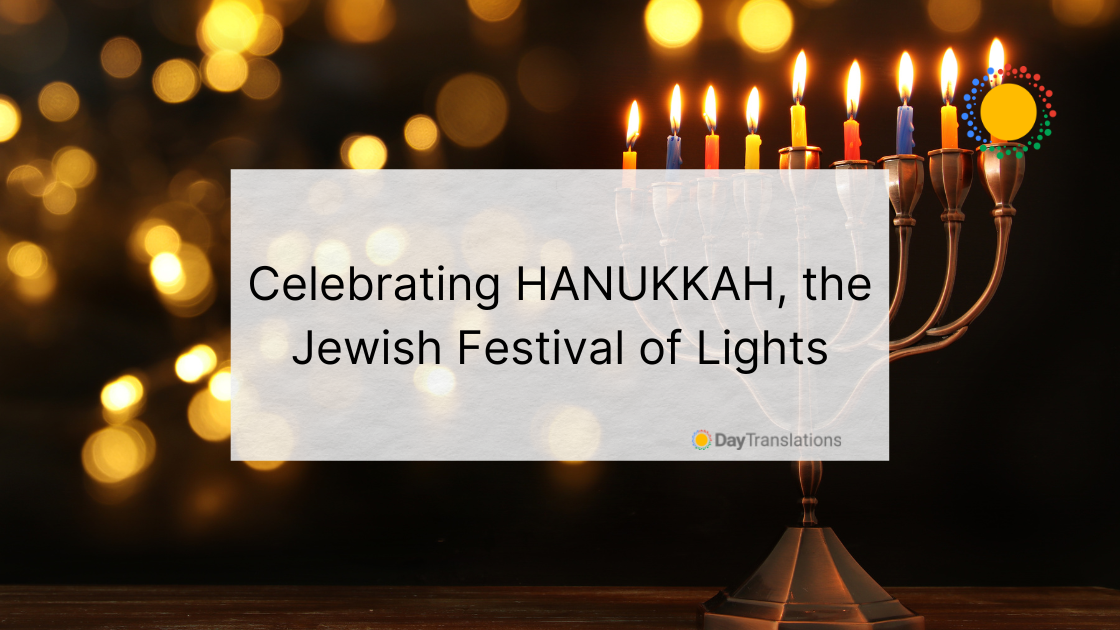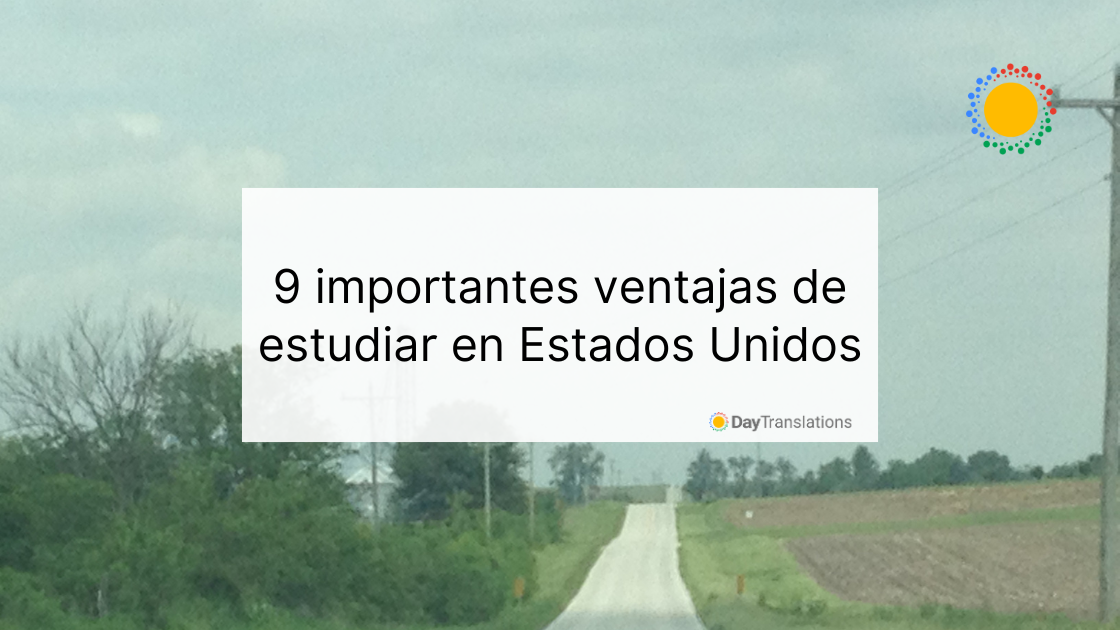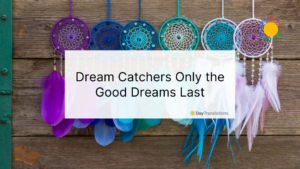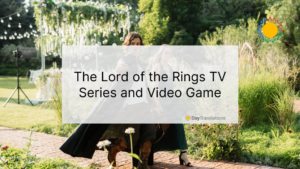Hanukkah or Chanukah, the Jewish Festival of Lights started at sundown on December 6 and will end on the evening of December 14. It is also called the Feast of Dedication, because the Jews dedicated their rebuilt temple, called the Second Temple in Jerusalem to God.
The key to the observance of the event is the lighting of the menorah or the hanukiah, which is a unique candelabrum with nine branches. One candle is lit every night, with another candle being lit each night for the duration of the holiday. A separate branch, which forms the ninth branch is distinct from the rest, generally placed in the middle and higher than the rest. This contains the extra light or the attendant light from which the other candles are lit. The attendant candle is called shamash. On the first night, the attendant candle and the first candle are lit after sunset. The second night, the attendant candle and two candles will be lit, and this goes on until the eighth day when all the candles get lighted. On a Friday though, the candle for that particular day is lit before the sun sets.
There are some rules to be observed. The eight candles on the menorah should be in a straight line and must be of the same height. The candles should be large enough to last for thirty minutes (weeknights) and one and a half hours on Friday. The head of the household is usually the one to light the candelabrum, after which prayers are recited as the family gathers in front of the menorah.
On the first night, the attendant candle is lit and held in the right hand to light the first candle that is placed on the far right of the candelabrum before the shamash is placed on on its own receptacle. On the second night, the second candle is added first, placing it to the left of the first one before replacing the used up candle on the first receptacle. The second candle is lit with the attendant candle before lighting the first candle. This process of placing the new candles from light to left and lighting the candles from left to right continues until the eighth day.
Some cool facts about Hanukkah
Hanukkah is not mentioned in the Hebrew Bible. Surprisingly, it is the only one that is not included in the Holy Book. About 2,200 years back, Antiochus IV, a ruler of Greek-Syrian heritage, tried to force the Jews in Judea (present day Israel) to follow Greek culture, including religion. A small group called the Maccabees drew courage and rebelled, finally recapturing Jerusalem after engaging in battle for three years. Their temple was destroyed during the war. They had it rebuilt and rededicated, lighting a lamp to honor God. Oil supply dwindled and there was only enough left to last the day. However, it continued to burn for eight straight days, as if waiting for the supply to finally arrive. Thus it started the tradition of lighting eight lamps or eight candles for eight days.
Traditions
To remember the miracle of the burning oil, Jews traditionally eat oil-fried foods, such as doughnuts and potato pancake called latkes. Their deep-fried doughnuts, called sufganiyot in Israel, are rounded dough filled with custard or jelly and sprinkled with powdered sugar. They are called loukomades by Greek Jews and zelebi by Persian Jews.
It is also customary to eat dairy products, especially cheese, which commemorates the bravery of Yehudit (Judith) who was able to behead the Syrian general Holofernes by plying him with wine and cheese until he got drunk and fell asleep.
The origin of exchanging gold coins during Hanukkah is unclear, but some supposed it was to symbolize their independence from Syria after their three-year battle, which enabled them to make their own coins once again. Today, children are given silver or gold chocolate coins or gelt, which means money in Yiddish.
Families play the dreidel during Hanukkah. This is a cube-shaped spinning top with a Hebrew letter painted on each side. Gelt is used as payment when playing the game.











